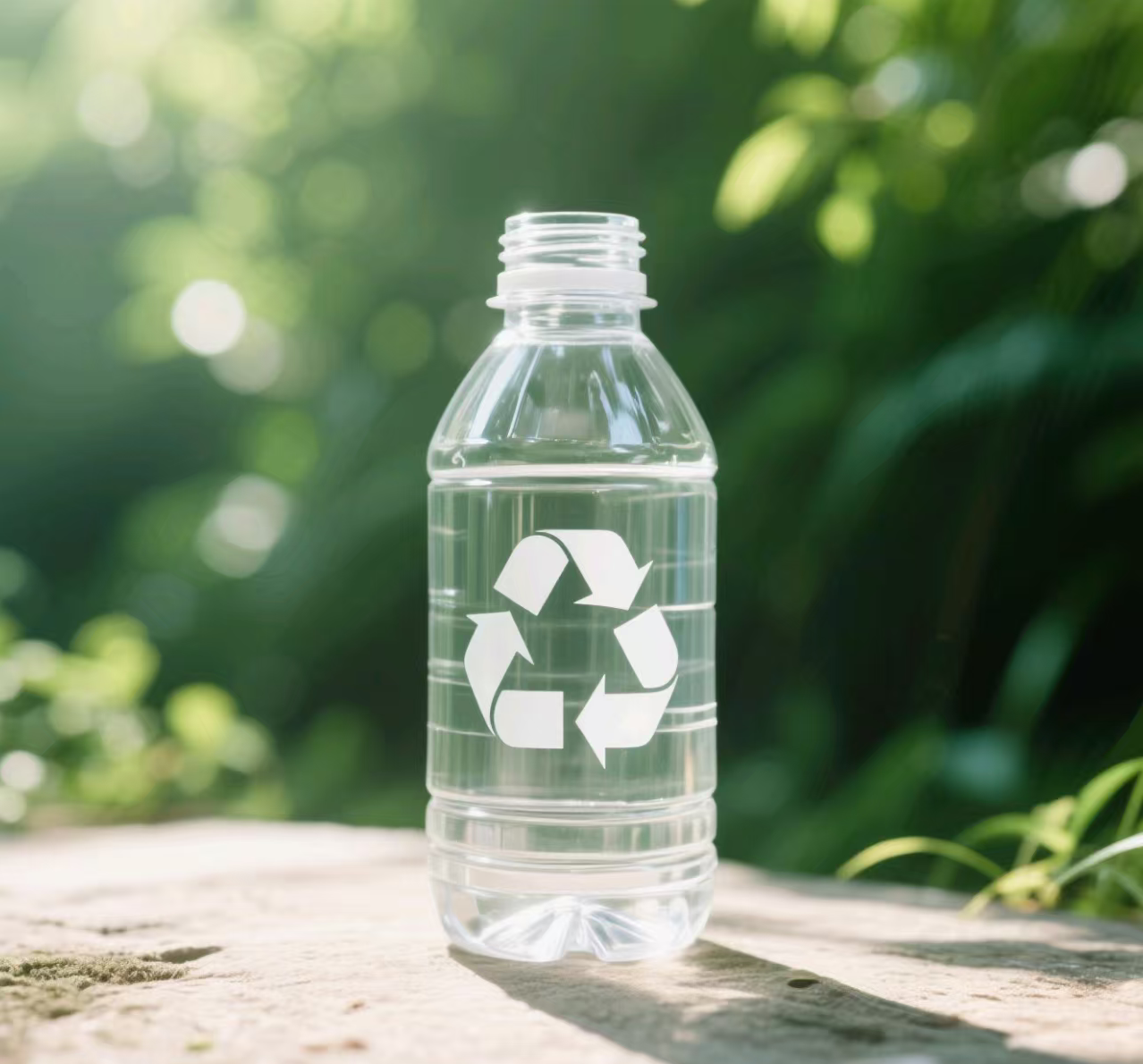Detailed Explanation of PCR Materials

The global problem of single-use plastic pollution is becoming increasingly serious. Protecting the ecological environment and pursuing sustainable development have become a common understanding. Recycling and reusing packaging materials is currently one of the important ways to address this problem.
1. What is PCR material?
PCR, short for Post-Consumer Recycled, generally refers to plastics recycled after use. Within the broader field of environmentally friendly plastics, PCR is the most competitive option. Compared to other bio-based materials (BIO PP, HDPE), PCR has a more stable supply. Furthermore, PCR is more affordable than biodegradable materials (such as PLA).
However, as a recycled plastic product, PCR materials inevitably exhibit performance variations. How can product quality be guaranteed? This requires third-party monitoring. As a leading global environmental certification organization, the Global Recycle Standard (GRS) regularly audits the production scale and qualifications of PCR manufacturers, granting GRS certification only to those that meet the standards. Only companies with GRS certification can claim to be PCR suppliers. Otherwise, they can only claim to be selling recycled materials at best.
2. PCR Material Production Process
PCR material production includes manual roughing, automated sorting, cleaning, and modification and granulation.
*Manual roughing primarily involves manually sorting used plastic products by color and material.
*Automatic sorting utilizes near-infrared automated sorting lines, large-scale electrostatic sorting lines, color sorters, and other equipment to further sort materials by color and material.
*Cleaning involves removing surface stains, electroplating, and spray paint by washing with water and rapidly rubbing.
The above process produces raw materials with a uniform material and nearly uniform color. The raw materials are batched and each batch is tested for performance before use. The raw materials are then modified, color-matched, and granulated according to the customer's performance and color requirements. After passing inspection, they are shipped to the customer. Wastewater generated throughout the production process is treated, purified, and recycled. Exhaust gas is discharged through waste gas treatment equipment and meets national emission standards, truly achieving zero-pollution production.
3. Classification and Application of PCR Materials
PCR PET Model: 810-NA (Natural/Transparent); Applications: Fibers and blister sheets;
PCR HDPE Models: 210-NA (Natural), 210-WH (White), 210-BK (Black); Applications: Bottles, barrels, containers, and pallets;
PCR LDPE Models: 410-NA (Natural), 410-WH (White), 410-BK (Black); Applications: Stretch film and bags;
PCR PP Models: 510-NA (Natural), 510-WH (White), 510-BK (Black); Applications: Bottles, barrels, containers, toys, electronics, automotive parts, and household goods;
PCR ABS Models: 710-NA (Natural), 710-WH (White), 710-BK (Black); Applications: Home appliance and electronic product casings, toys, automotive parts, and household goods.


